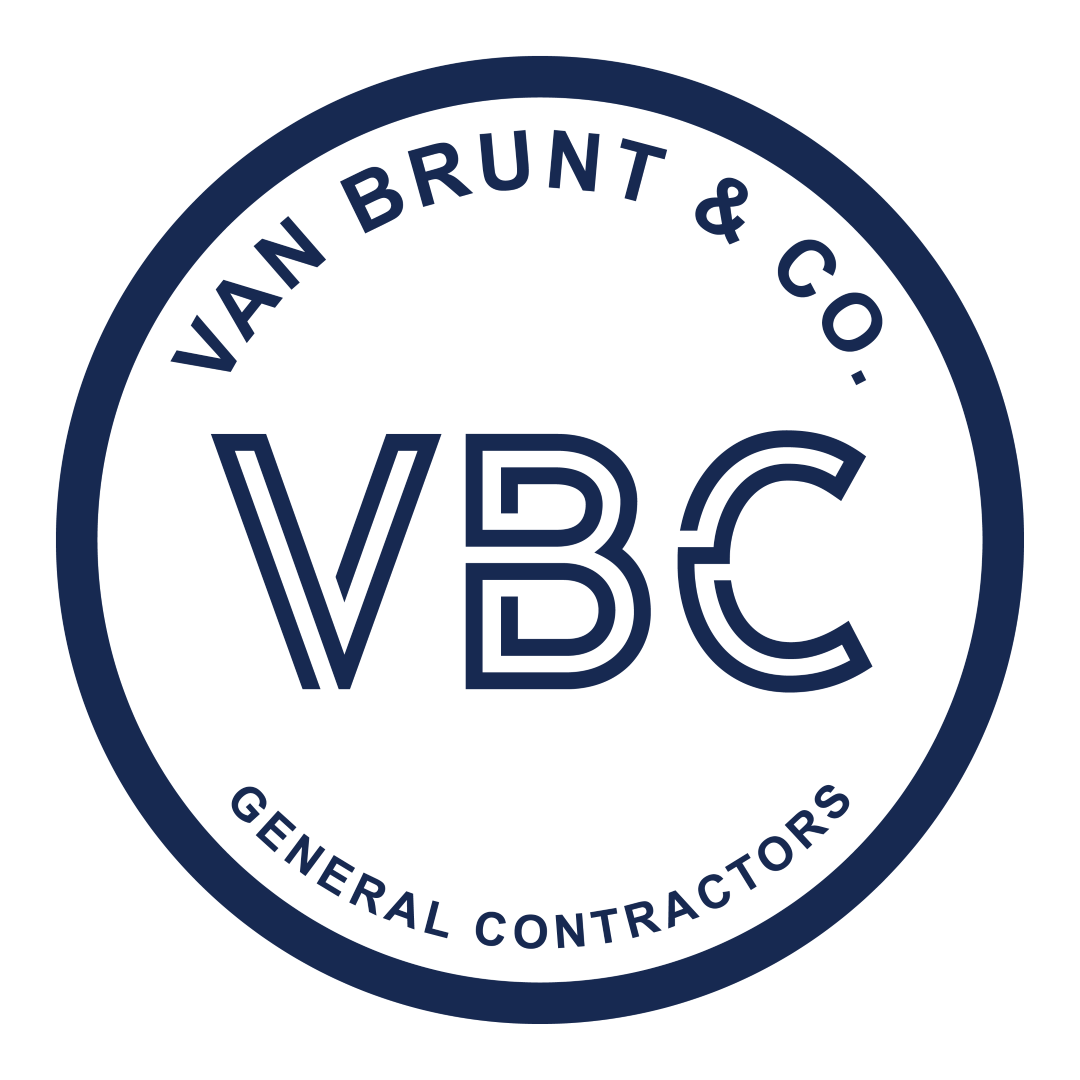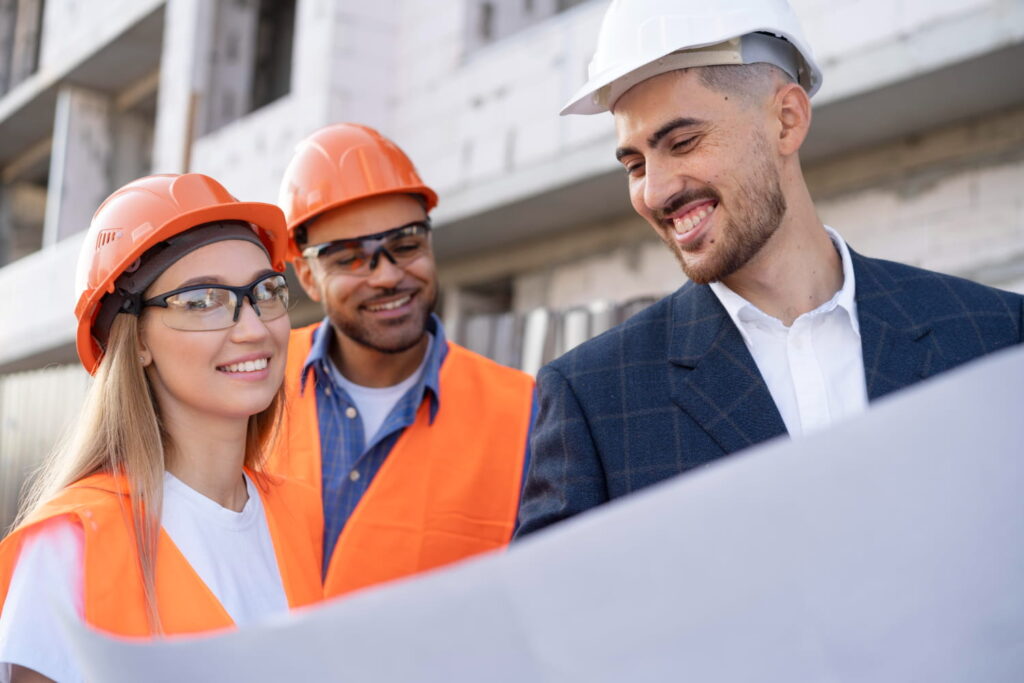Every successful restaurant build hinges on careful site visits throughout the construction phase. Owners who proactively participate in these walkthroughs gain firsthand insight into project progress, ensuring their vision is realized and standards are met. Van Brunt & Company’s expertise in restaurant builds sets the stage for smoother projects, offering a framework for owners to effectively evaluate each phase of construction. Knowing how to select and work with a restaurant builder is crucial for making the most of every site visit and maintaining construction quality throughout your project. Understanding what to look for during these visits is a key skill for every owner.
Last year, a local café owner in Texas learned this lesson the hard way. Excited by a sleek design on paper, she left all construction oversight to her builder. Weeks later, an unexpected site visit revealed mismatched finishes, misplaced plumbing, and a kitchen layout that did not match the plan. Stress mounted as timelines slipped and costs soared. Only by stepping in directly and reviewing work onsite was she able to bring the project back under control. She salvaged her investment and ultimately created a thriving eatery.
Frequent, informed site visits empower owners to prevent missteps before they escalate. This guide shows you exactly what to look for, how to spot issues early, and the key steps for a successful restaurant construction process. Along the way, you will also learn how contracts and proposals play a vital role in keeping your project on track.
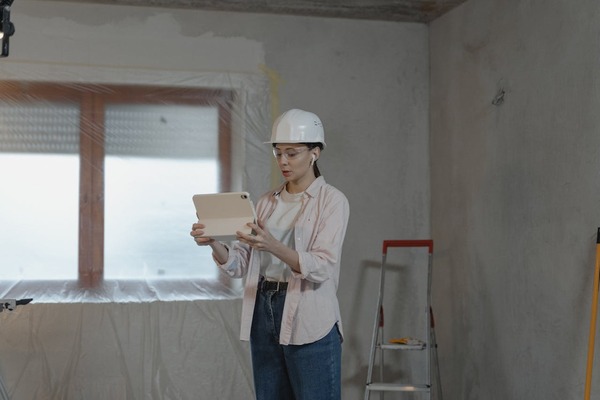
Foundation of Effective Restaurant Construction Site Visits
A successful site visit is more than a casual walkthrough. It is a focused evaluation designed to keep your project moving smoothly. Owners who understand the basics of construction oversight can spot potential problems, ask the right questions, and ensure every aspect aligns with their vision. The following foundational elements will help you get the most out of each visit.
The Purpose Behind Site Visits
Site visits give owners a firsthand look at how plans are being executed on the ground. These check-ins allow you to confirm that the work matches the approved drawings and specifications. This step is essential for quality assurance. According to the American Institute of Architects, regular observation helps catch issues before they become costly corrections. When you are present, contractors and subcontractors know you are invested in every detail. This encourages higher standards.
Each visit should have a specific focus. For example, early site visits might concentrate on foundation and framing, while later visits evaluate mechanical installations and finishes. Documenting observations and following up on open items builds accountability. This keeps your project on schedule and within budget.
What to Bring and Who Should Attend
Preparation is key for productive site visits. Always bring updated copies of construction documents, approved finishes lists, and the latest project schedule. Use a checklist to systematically evaluate areas under review. Tools such as a flashlight, measuring tape, and camera help document your observations.
Invite your builder’s project manager, key subcontractors, and if possible, your architect or designer to join. Their presence ensures immediate answers to technical questions. For owners in Texas seeking structured oversight, Van Brunt & Company’s ground-up commercial building expertise provides a model for team-based collaboration.
Common Red Flags and Early Warning Signs
Spotting problems early prevents delays and costly fixes. Look for misaligned framing, incorrect placement of utilities, missing structural supports, and work that does not match the plans. Be alert for safety hazards and unapproved material substitutions.
For example, the Occupational Safety and Health Administration (OSHA) notes that poor housekeeping and cluttered workspaces often signal deeper organizational issues. Pay attention to unfinished or damaged materials left exposed. These can lead to costly rework or health code violations. Asking your project manager to explain any discrepancies on the spot demonstrates your engagement and promotes quick resolution.

Strategies for Maximizing the Value of Site Visits
To gain the full benefit of site visits, owners must adopt specific strategies that prioritize clear communication, detailed documentation, and collaborative problem-solving. The right approach can make the difference between a seamless build and a stressful experience.
Documenting Progress and Communicating Observations
Maintain a written or digital log during every visit. Record progress against milestones, note areas of concern, and photograph key stages of work. This construction documentation creates a shared record that can be referenced during future discussions or disputes. According to the National Restaurant Association’s, clear records help keep everyone accountable and make decision-making more transparent.
After each walkthrough, summarize your findings and send a brief email to your project manager, architect, and builder. Use constructive language to address concerns, highlighting both positive observations and required corrections. Consistent documentation protects your interests and facilitates smoother communication.
Aligning Progress with Contracts and Proposals
A critical part of every site visit is confirming that on-site work matches the commitments outlined in your signed agreements. Restaurant builder contracts and proposals spell out scope, materials, timelines, and budget details. Bring these documents to each visit for reference.
If you notice any deviations such as cheaper materials, missed deadlines, or unauthorized changes, address them immediately. Owners who understand restaurant builder contracts and proposals can quickly reference relevant clauses, making their expectations clear. For instance, if electrical outlets are in the wrong location, point to the approved plans and request immediate correction. Maintaining a firm grasp on contractual obligations supports timely, on-budget completion.
Leveraging Professional Support
Experienced builders encourage owner involvement. Ask your builder how site visits are scheduled and what you should expect. This ensures every site visit adds value.
If you encounter resistance or unresponsiveness, consider requesting a meeting with your contractor’s leadership. In complex builds, independent construction consultants or owner’s representatives can provide additional oversight. Industry professionals recommend that owners remain actively involved, especially during critical phases such as rough-ins, inspections, and final finishes.
Professional organizations often implement comprehensive online visibility strategies to ensure their services reach restaurant owners seeking expert guidance.
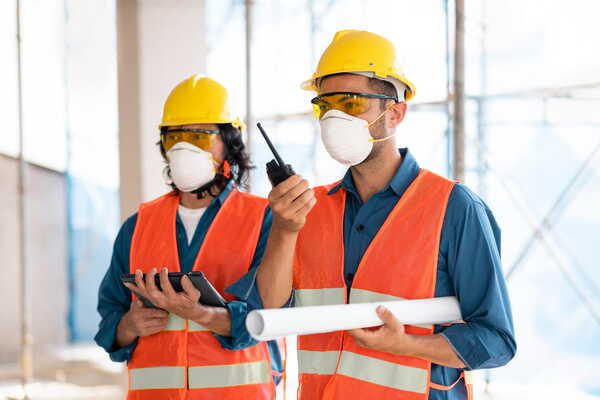
Applying Best Practices During Restaurant Site Walkthroughs
Site visits are most effective when owners combine planning, practical observation, and open communication. Applying best practices keeps your project on track and ensures your restaurant will be ready to open on schedule.
Creating a Consistent Site Visit Routine
Establish a regular cadence for site visits. Bi-weekly or milestone-based check-ins such as after framing, mechanical rough-ins, and before drywall are common. Communicate your expectations early so your builder can prepare for your visits. According to the International Code Council, routine walkthroughs reduce misunderstandings and help maintain momentum.
Always review the project schedule before each visit. Focus on recent work and upcoming milestones. Check if outstanding issues from previous visits have been resolved. This continuity strengthens trust between owner and builder.
Prioritizing Safety and Compliance
Safety should never be overlooked. Confirm that all work areas are clean, well-lit, and organized. Ensure personal protective equipment (PPE) is available for visitors. The National Institute for Occupational Safety and Health (NIOSH) stresses that adherence to safety protocols not only protects workers, but also reflects positively on the professionalism of your builder.
Ask to review recent inspection reports and construction compliance documentation. If you spot violations such as missing handrails, exposed wiring, or blocked exits, request immediate remediation. Your commitment to safety underscores the importance of building a restaurant that is safe for both staff and future customers.
Addressing and Resolving Onsite Issues Promptly
Construction projects rarely proceed without challenges. When issues arise, address them on the spot. For example, if tile is being installed incorrectly, discuss the problem with the foreman immediately and reference the project specifications.
Afterward, document the issue and agree on a corrective action plan. Request updates at subsequent visits to confirm the resolution. Builders who value transparency and collaboration, such as Van Brunt & Company’s commercial remodeling experts, are more likely to handle concerns efficiently.
Restaurant groups seeking stronger local engagement often leverage targeted outreach strategies for smoother project launches.
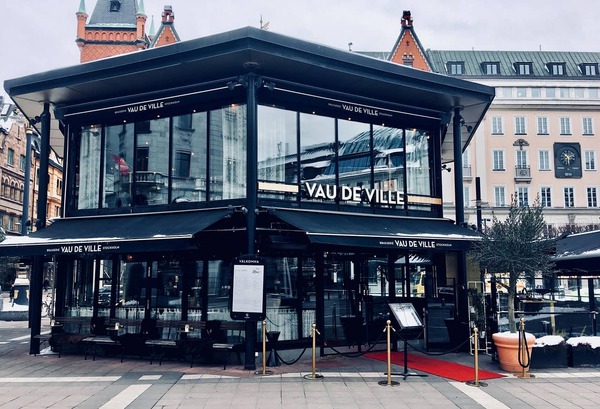
Advanced Considerations and Long-Term Results
Once you have mastered the basics of site visits, advanced techniques help you maximize quality, streamline handovers, and ensure your new restaurant is built to last. Forward-thinking owners use these approaches to secure long-term success.
Embracing Technology and Real-Time Reporting
Digital tools such as project management apps and cloud-based photo logs allow owners to track progress from anywhere. Real-time updates, 3D walkthroughs, and shared punch lists make it easy to identify and resolve issues quickly. As Engineering News-Record notes, technology is reshaping the construction industry by improving transparency and accountability.
Ask your builder which tools they use to keep clients informed. If you are unable to visit the site frequently, request weekly video updates or live-streamed walkthroughs. These advances ensure you remain connected even if your schedule is tight.
Measuring Project Outcomes and Learning for the Future
Once construction is complete, evaluate your experience. Did regular site visits keep the project on track? Were contract requirements consistently met? Compile a list of lessons learned and share feedback with your team and builder.
Strong post-project reviews not only support future builds, but also help you identify reliable partners. Consider referencing your experience in future proposals or interviews when selecting restaurant builders for additional locations.
Planning for Maintenance and Ongoing Improvement
Your involvement does not end when the doors open. Schedule a final walkthrough with your builder to address any outstanding punch list items. Request maintenance manuals, warranty information, and emergency contacts.
Forward-thinking hospitality groups maximize opening day success by investing in strategic digital presence and ongoing optimization.
Final Thoughts
Site visits are a vital part of any successful restaurant construction project. By actively participating in each walkthrough, owners can spot issues early, confirm construction quality, and keep their projects on track. Understanding what to look for during these visits helps prevent costly mistakes and ensures the finished space aligns with your vision. It is also essential to keep communication open with your builder and regularly review construction documentation and contracts.
Using a structured approach to site visits, as demonstrated by Van Brunt & Company, empowers owners to make informed decisions at every stage. Prioritizing safety, quality control, and consistent oversight leads to smoother builds and better final results. Remember, choosing the right builder and knowing how to work together effectively sets the foundation for a thriving restaurant. Stay engaged throughout the process and rely on trusted professionals to support your goals for your new restaurant space.
Frequently Asked Questions
How often should restaurant owners visit their construction site?
Ideally, owners should visit their site at least every two weeks or at key project milestones to stay informed and address issues quickly.
What documents should I bring to a site visit?
Always bring updated plans, contracts, and a checklist to track progress and compare onsite work with approved specifications.
Who should be present during a site visit?
Include your project manager, key subcontractors, and, if possible, your architect or designer for technical support and immediate answers.
What is the most important thing to check during a walkthrough?
Confirm that construction matches approved plans and materials, and watch for safety hazards or deviations from contract requirements.
How can technology improve my site visit experience?
Digital project management tools and video walkthroughs enable real-time updates and help owners spot issues even if they cannot visit in person.
